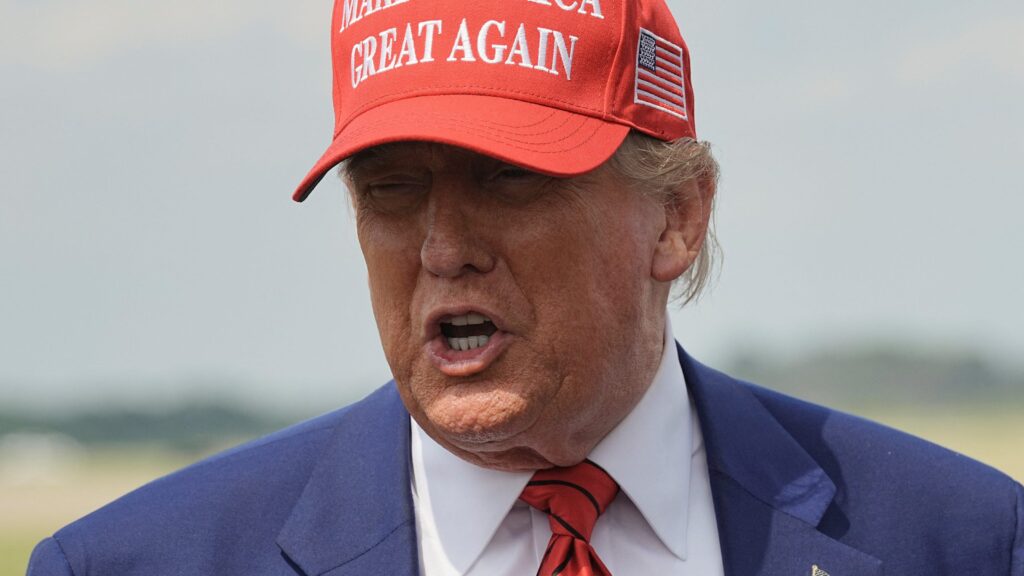On June 21, President Donald Trump announced via Truth Social that the United States had launched successful attacks on three nuclear sites in Iran, including Fordow, Natanz, and Esfahan, as the Israel-Iran conflict entered its second week. The escalation began when Israel initiated airstrikes on Iranian nuclear and military facilities, specifically targeting uranium enrichment sites to halt Iran’s nuclear weapon development. Following a week of aerial strikes between the two nations, Trump had deliberated over U.S. involvement before the decisive action was taken.
Trump’s statement highlighted the completion of the operation, noting that all planes had exited Iranian airspace after dropping a full payload of bombs on the primary target, Fordow. The President commended the American military for their execution of the mission, emphasizing the unique capabilities of the U.S. armed forces and calling for peace in the aftermath of the strikes.
The conflict underscores the ongoing tensions in the region and the complex geopolitical dynamics at play between Iran, Israel, and the United States. The successful U.S. intervention marks a significant development in the evolving situation, with implications for regional stability and international relations. As the situation continues to unfold, the call for peace amidst military actions raises questions about the prospects for de-escalation and diplomatic resolutions to the longstanding hostilities in the Middle East.

